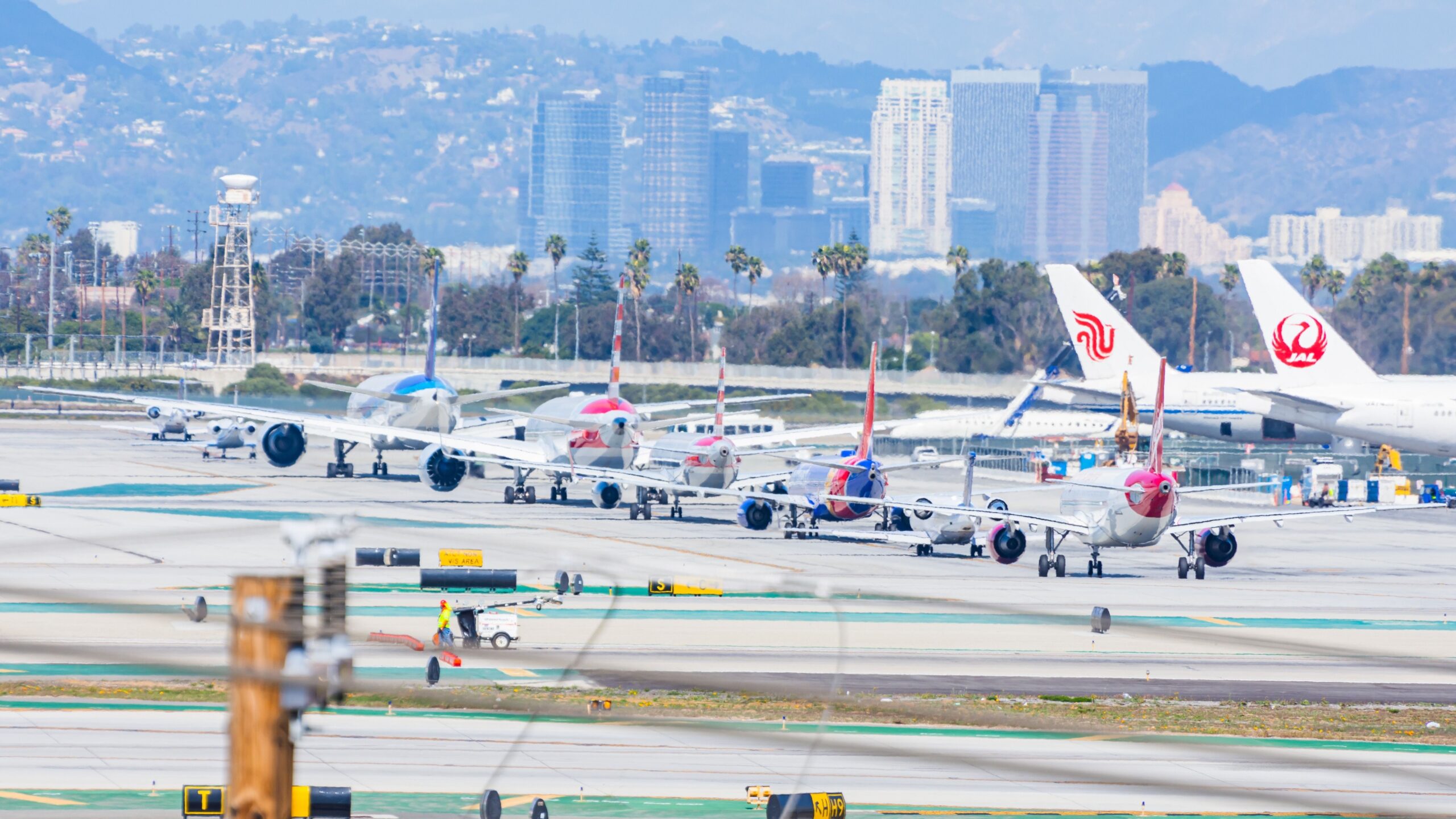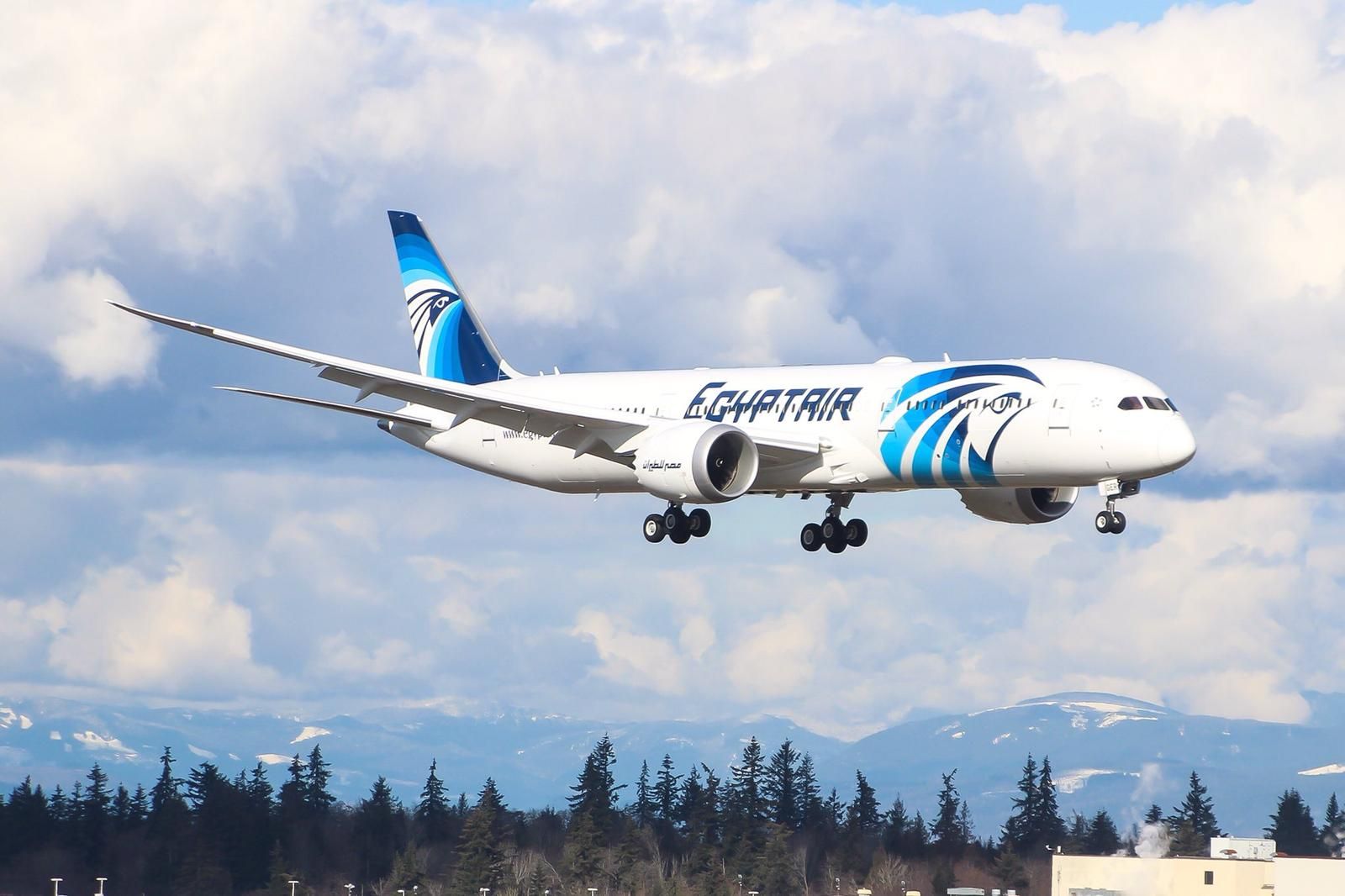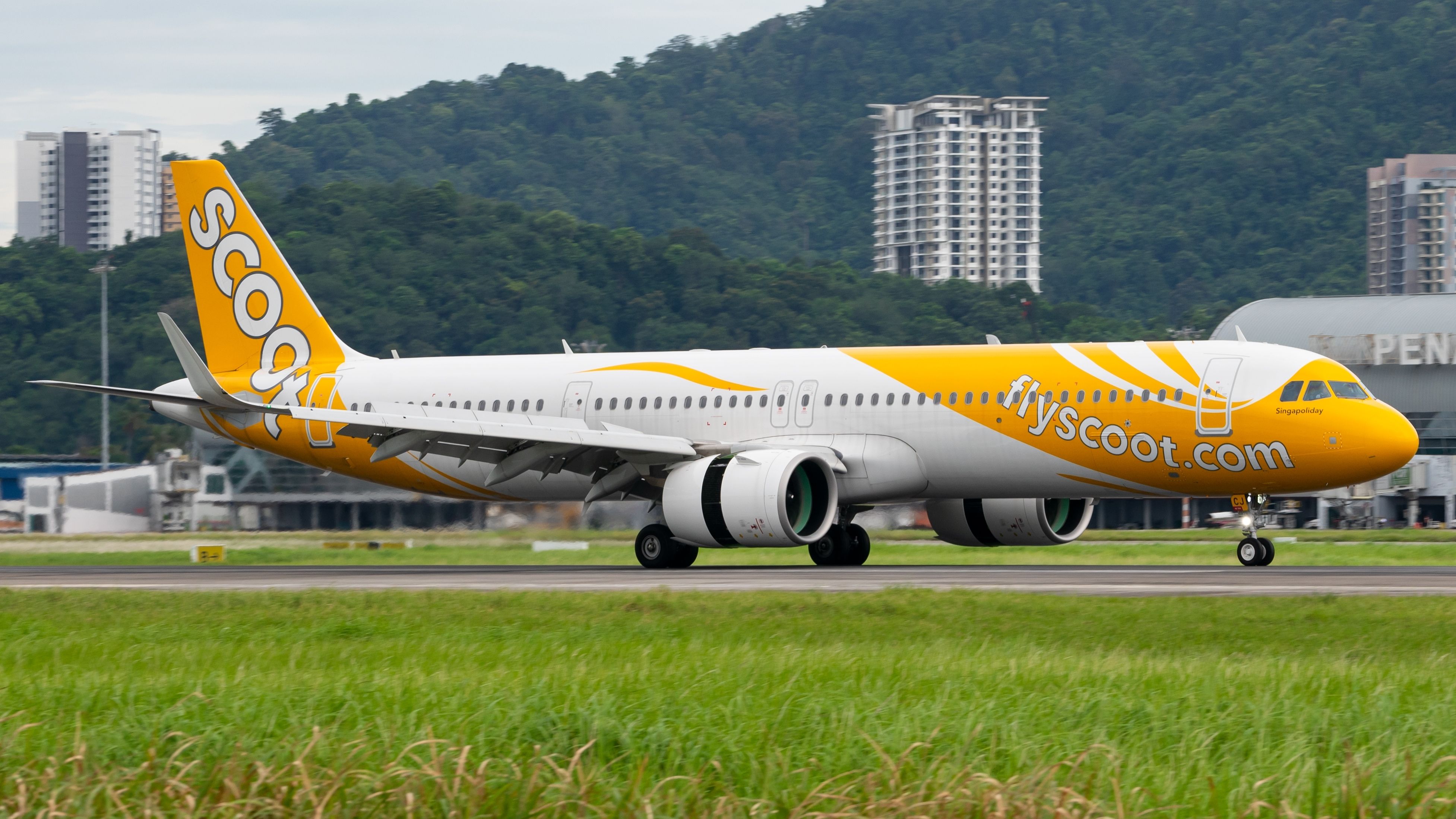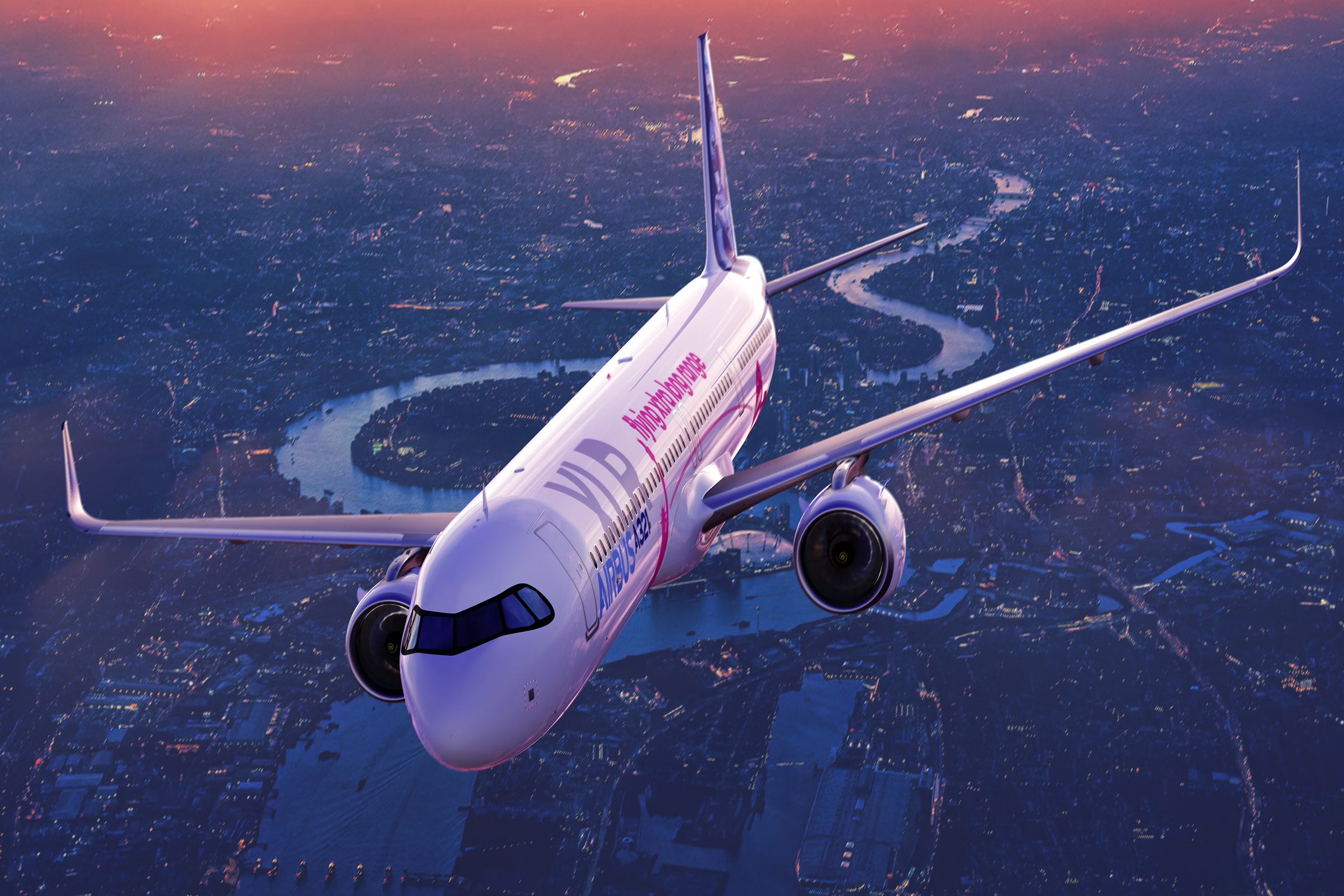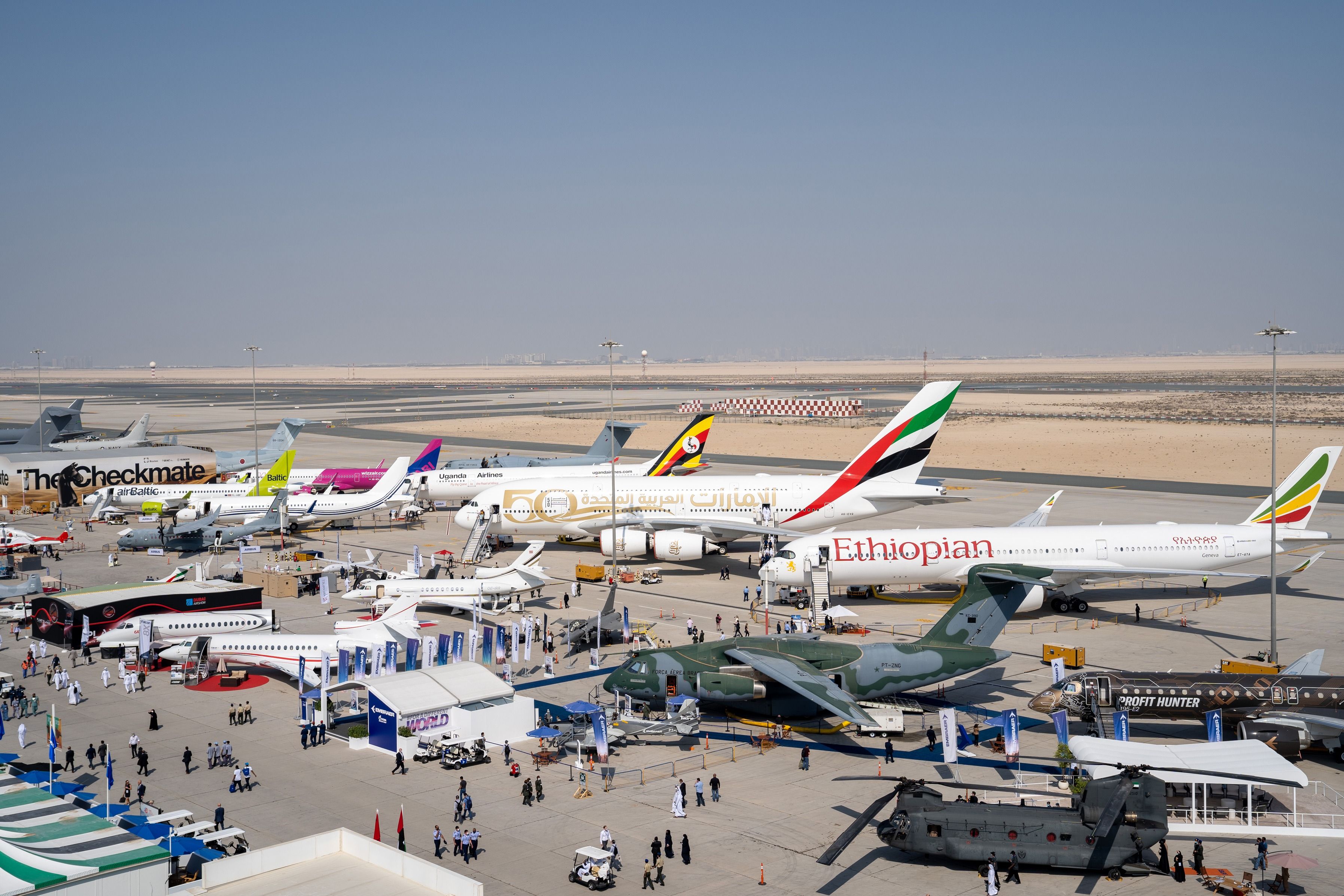Summary
- Lessors like AerCap, SMBC Aviation Capital, and Air Lease Corporation play a significant role in the aviation industry, owning and managing large fleets of aircraft.
- Leasing a plane can be a faster, cheaper, and easier option for airlines compared to purchasing new aircraft directly from manufacturers.
- The global aircraft leasing market is expected to grow significantly in the coming years, reflecting the power and influence of lessors in the industry.
Lessors are often the unseen powerhouses behind some of the world’s largest airlines. While some carriers prefer to purchase aircraft outright, many will mix their fleets between owned and leased inventory, while some will fly 100% leased aircraft.
Leasing a plane can be faster, cheaper, and easier than joining the lengthy queues with the OEMs to get newly built aircraft. As such, lessors often have much bigger fleets of planes than many commercial airlines. In fact, the world’s biggest leasing company has close to 2,000 aircraft on its books,
AerCap
AerCap, based in Dublin, is the world’s largest lessor by aircraft owned and managed. It has offices worldwide and has supported the biggest airlines’ aircraft needs for nearly 30 years. In its portfolio are approximately 1,733 owned aircraft, plus another 173 listed in the ‘managed’ category, bringing its entire fleet to nearly 2,000 aircraft as of September 2023.
The fleet is spread across a range of types, with the majority being narrowbodies. Some of the most prolific types include the Boeing 737-800 (313), Airbus A320-200 (307), A320neo (267), and A319-100 (142). It also operates a variety of widebodies, ranging from some of the classic models to the more modern ones. This includes 50 A330-200s, 40 A350-900s, for A330neos, 11 B767-300ERs, 12 B777-200ERs, and 100 Dreamliners, including 81 -9s and 19 -8s.
Photo: Egyptair
AerCap will also continue receiving some of the latest and more efficient models on the market. It has orders for 262 aircraft, with the majority being narrowbodies as well. This includes 39 A320neos, 45 A321neos, three A321LRs, 121 B737 MAX 8s, three MAX 9s, 21 B787-9s, and 28 E195-E2s. The lessor has about 300 customers on every continent, with some of the largest airlines, including IndiGo, Ethiopian, Emirates, Air France, LATAM, and Delta.
AerCap was previously rivaled by GE Capital Aviation Services (GECAS), which had its own portfolio of over 1,000 aircraft. However, the company was acquired by AerCap in November 2021, which saw the two coming together to create the largest aircraft leasing company in the world. Although also affected by Russia’s invasion of Ukraine, AerCap was recently in the news for agreeing to a $645 million settlement package with Aeroflot covering 17 aircraft and five engines.
SMBC Aviation Capital
SMBC Aviation Capital, another Irish lessor, comes in second place with a portfolio of approximately 711 planes. This includes 510 owned, and 201 managed aircraft, with the majority being narrowbodies. Leading this category are 171 B737-800s, 127 A320-200s, 148 A320neos, 73 A321neos, 55 A321-200s, 65 B737 MAXs, and 15 types listed as ‘other.’
Photo: GingChen | Shutterstock
Its widebody fleet comprises 16 B787-8s, 19 B787-9s, 16 A350-900s, and six A350-1000s. The Dublin-based lessor also has orders for 183 new aircraft, including 91 A320neos, 35 A321neos, and 57 B737 MAXs. South African Airways, avianca, Frontier, KLM, Etihad, and Virgin Australia are among the major carriers operating SMBC aircraft.
Air Lease Corporation
Los Angeles-based Air Lease Corporation is another lessor largely responsible for delivering aircraft to some of the world’s largest airlines. It was founded in February 2010 and places direct orders with the biggest OEMs, including Airbus, Boeing, and Embraer.
Photo: Airbus
As of the end of September 2023, its portfolio comprises 448 owned and 79 managed aircraft. This includes 331 narrowbodies and 117 widebodies, with a net value of about $25.6 billion. Like AerCap, ALC’s fleet has a variety of newer and older models, including 90 A321neos, 28 A320-200s, 21 A330neos, and seven A350-1000s. From Boeing, it has 75 B737-800s, 51 MAX 8s, 24 B777-300ERs, and 31 Dreamliners. From Embraer, it only lists a single E190.
While AerCap and SMBC take the top spots regarding aircraft ownership and management, ALC has more orders than the Irish lessors. It has about 351 aircraft still to be delivered. This includes 54 A220-300s, 81 A321neos, 29 A321XLRs, 67 B737 MAX 8s, 15 B787-10s and six B787-9s. Air Lease Corporation has 117 customers based in 63 countries.
Other notable mentions
Other notable mentions exceeding the 400 mark regarding owned/managed aircraft are Avolon with 568, BOC Aviation with 448, and DAE Capital with 404. Similarly, the majority of their fleets comprise narrowbody aircraft. The three lessors have 512 orders among them, with Avolon (264) taking the top spot, followed by BOC Aviation (185), and lastly, DAE Capital (63).
Photo: Jean-Vincent Reymondon | Airbus
Lessors’ power and strong financial credentials have been a valuable lifeline to airlines over the years, especially during the COVID-19 pandemic. Being able to sell and lease back aircraft massively helped airlines shore up their liquidity, but some lessors suffered with airlines unable to pay their fees. Nevertheless, lessors are in a powerful position post-pandemic. The global aircraft leasing market was valued at $167 billion in 2023 and is expected to grow to over $317 billion in 2030.
Did you know that the world’s biggest lessors have such large portfolios of aircraft? Please share any other notable mentions in the comments!

